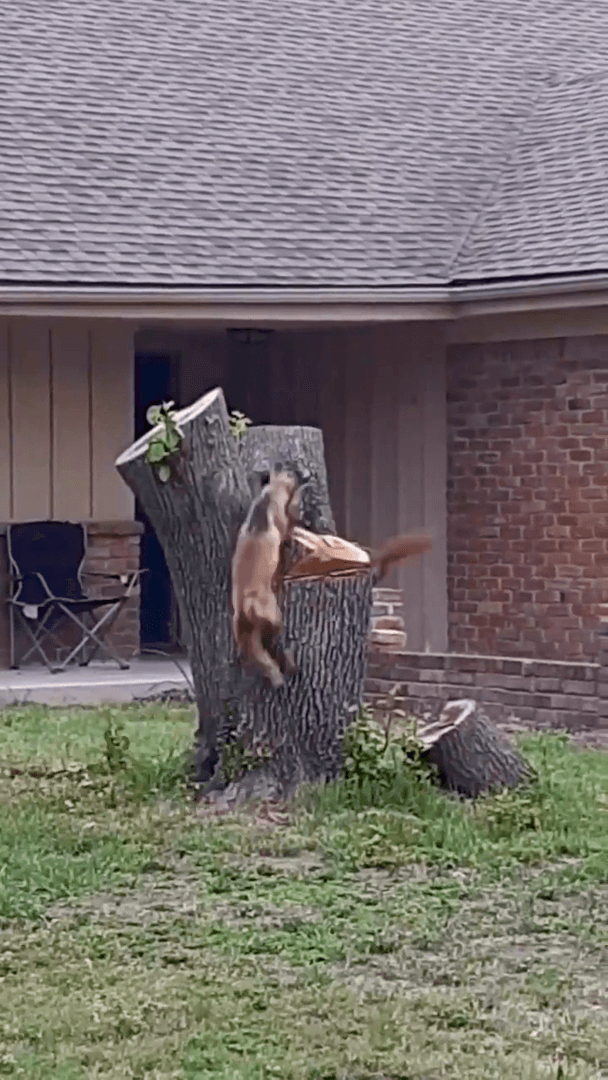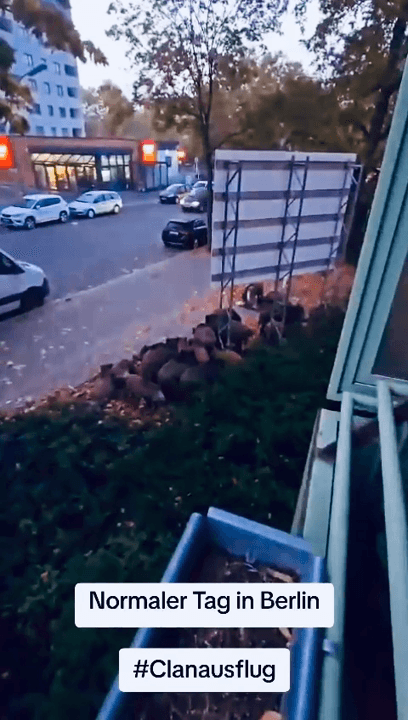
10 Elk Hunting Tips from the RMEF Do You Use These Tips? All tips were condensed from past features in RMEF's bi-monthly member magazine, Bugle. A subscription comes with an annual RMEF membership for $35. To join, call 800-CALL ELK or visit www.rmef.org. 1. Scout from Space If you've looked into the night sky, you've noticed the many satellites now orbiting our planet. They're great tools for today's hunter. Google Earth uses satellite images and aerial photography to give bird's-eye views of elk country. Locate meadows, burns, roads, water, heavy-timber escape areas and more. You can even find places where the forest canopy thins to suggest hidden grazing spots for elk. Newer GPS units accept uploaded coordinates from Google Earth, allowing you to walk directly to and more efficiently ground-truth potential honeyholes. 2. Count Points Quickly In good habitat, a bull normally has a 5-point rack as a 2-1/2-year-old and a small 6-point rack the following year. Instantly distinguishi
Post: 13 May 22:19















































